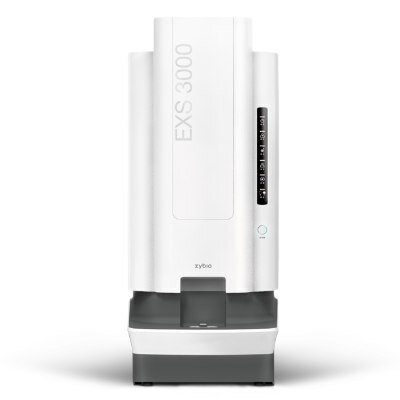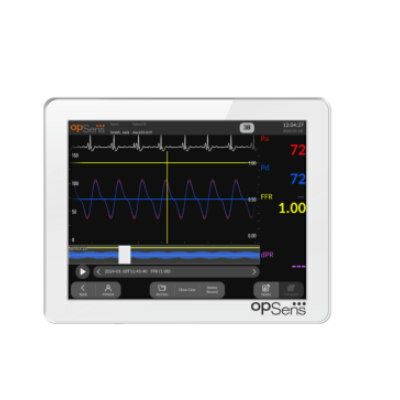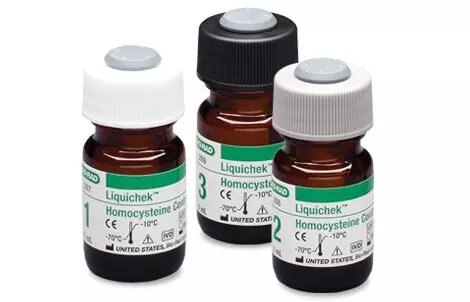Fresh Guidelines Issued For Cervical Cancer Screening
By LabMedica International staff writers
Posted on 27 Mar 2012
Women ages 21 to 65 should have a Babeş-Papanicolaou test, commonly known as a Pap smear, every three years, according to new guidelines.Posted on 27 Mar 2012
Based on the evidence, women between the ages of 30 and 65 can safely extend the screening interval to once every five years if they undergo the human papillomavirus (HPV) test at the same time as the Pap smear.
The United States Preventive Services Task Force (USPSTF; Agency for Healthcare Research and Quality, Rockville, MD, USA) has reviewed new evidence on the comparative test performance of liquid-based cytology and the benefits and harms of HPV testing as a stand-alone test or in combination with cytology. Screening with cervical cytology or testing for multiple oncogenic HPV types (a test for the presence of greater than two high-risk or carcinogenic HPV types, called HPV testing) can lead to detection of high-grade precancerous cervical lesions and cervical cancer.
The effectiveness of cervical cancer screening observed in the US over the past several decades is attributed to the use of conventional cytology. Current evidence indicates that there are no clinically important differences between liquid-based cytology and conventional cytology. HPV testing with Digene Hybrid Capture 2 (HC2) (Qiagen; Germantown, MD, USA) is commonly used in the US, and both HC2 and polymerase chain reaction–based methods have been evaluated in effectiveness trials. Although alternative HPV detection methods are emerging, the clinical comparability and implications of these methods are not completely understood.
According to the Task Force guidelines, women who have had a hysterectomy with removal of the cervix and who do not have a history of cervical cancer or a high-grade precancerous lesion do not need to be screened. In this population, there is high certainty that harms of screening outweigh the benefits. Women over the age of 65 can end screening if they have had three consecutive negative Pap smears or two consecutive negative co-tests within 10 years before cessation of screening, with the last test occurring within five years. Routine screening should continue at least 20 years after spontaneous regression or appropriate management of high-grade precancerous lesion, regardless of the patient's age.
Virginia Moyer, MD, MPH, professor of pediatrics at Baylor Medical College (Houston, TX, USA), said, "This is good news for women because evidence shows that an annual Pap smear is not necessary to prevent deaths from cervical cancer. Screening every three years starting at age 21 saves the same number of lives as annual screening, but with half the number of colposcopies and fewer false-positive tests.” The guidelines were published on March 15, 2012, in the journal Annals of Internal Medicine.
Related Links:
United States Preventive Services Task Force
Qiagen
Baylor Medical College














